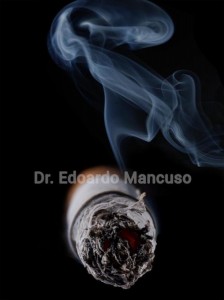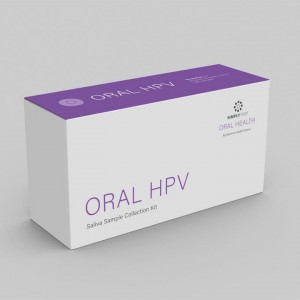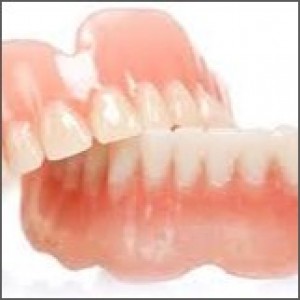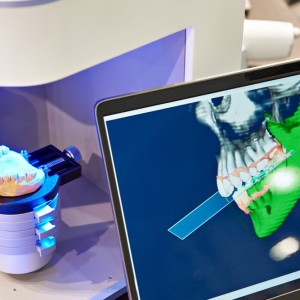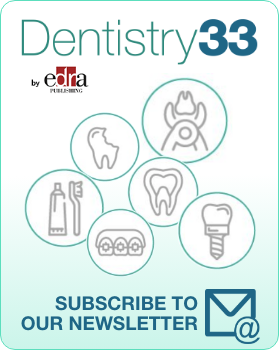
Effect of lingual piercing on periodontal and peri-implant health
Lara Figini
The exact global prevalence of oral piercings is still not clear; however, according to Hennequin-Hoenderdos et al. 2012 the prevalence of peri and intraoral piercings is 5.2% in the general population. Specifically, there are several complications associated with tongue piercing including: trauma of the tongue and oral tissues, infections, edema, paraesthesia and scar tissue formation. Tongue piercing has also been associated with inflammation of the soft tissues (with increased plaque accumulation, gingival bleeding, loss of clinical attachment [CAL]) and marginal bone loss (MBL) around the teeth.
Materials and methods
In a recent study, published on the International Journal of Dental Hygiene in April 2022, the authors evaluated the influence of tongue piercing on periodontal and peri-implant health in adults. Individuals with and without lingual piercings were analyzed and divided into two groups. A questionnaire was used to collect information on gender, age, duration of the tongue piercing and the presence of implants in operation and their position in the arch, the motivation for wanted to put the piercing, the state of oral hygiene and piercing cleaning habits. Plaque index (PI), gingival index (GI), clinical attachment loss (CAL), probing depth (PD), and marginal / crestal bone loss (MBL and CBL) were recorded and evaluated, respectively) on the mesial and distal surfaces of teeth / implants. Data was also collected on the type of piercing material (plastic or metal) and on their closure (ball or other). A p <0.01 was considered to be statistically significant.
Results
Forty-eight (15 male and 33 female) and 49 (19 male and 30 female) subjects were included in the test and control groups respectively. There was no statistically significant difference in the mean age of individuals in the test group (38.2 ± 0.5 years) and in the control group (37.5 ± 0.2 years). Twenty-three (47.9%) and 25 (52.1%) individuals wore ball piercings made of stainless steel and bioplastic, respectively, for a mean duration of 5.2 ± 0.4 years. All individuals in the test group reported having their piercings removed and cleaned. Twenty-two (44.9%) individuals in the control group and none in the test group were aware of the possible oral complications associated with tongue piercing. The most common reason reported for choosing to have a tongue piercing was "it looks elegant" and was reported by 25 (52.1%) individuals. Fourteen individuals (29.1%) gave no reason why they decided to have the tongue pierced and two women (4.2%) reported that the tongue piercing "reflected bravery". Twice-daily tooth brushing was reported by 39.6% and 53.1% of individuals in the test and control groups, respectively. Flossing at least once a week was reported by 32.7% of people in the control group. None of the individuals in the test group reported flossing. There was no difference in PI, GI, PD, CAL and MBL (mesial and distal) between individuals in the test and control group. In the test group, peri-implant PI (p <0.01), GI (p <0.01), PD (p <0.01) mesial (p <0.01) and distal (p <0.01) CBL were significantly higher in the anterior mandible than in the other parts of the maxilla. In the control group, there was no difference in PI, GI, peri-implant PD and CBL around the implants placed in both jaws.
Conclusions
From the data of this study, which must be confirmed in other similar studies, it can be concluded that tongue piercing can increase the risk of periodontal and peri-implant diseases, particularly in the anterior mandibular area.
Clinical implications
It is a duty of the dentist to educate patients in general, in particular those who wear intraoral piercings, of the deleterious effects of intraoral piercings on periodontal and peri-implant health.
For additional information: Effect of tongue piercing on periodontal and peri-implant health: A cross-sectional case-control study in adults
 Related articles
Related articles
Webinar 29 September 2022
The International Academy of Oral Medicine and Toxicology recently launched an eLearning course to provide accreditation in biological dental hygiene.
Orthodontics 05 September 2022
Effect of orthodontic treatment on periodontal health of periodontally compromised patients
An increasing number of adult patients are now seeking orthodontic treatment due to an increased focus of society on esthetics and health consciousness. With the incidence of periodontal problems...
Orthodontics 20 May 2022
Orthodontic treatment and periodontally compromised patients: effects of the treatment
An increasing number of adult patients are now seeking orthodontic treatment due to an increased focus of society on esthetics and health consciousness. With the incidence of periodontal problems...
As life expectancy continues, an increase in periodontal disease is also expected. In old patients, the concept of shortened or reduced dental arch (SDA) could offer options for solving these...
Periodontology 29 September 2020
Today, it is widely accepted that the most common and important diseases of the oral cavity (gingivitis and periodontitis, dental caries and oral cancer) are...
 Read more
Read more
Much like EMTs rushing to the scene after an accident, stem cells hurry to the site of a skull fracture to start mending the damage. A new finding has uncovered the signaling mechanism that triggers...
Products 05 November 2025
SimplyTest has launched a groundbreaking saliva-based test to detect high-risk strains of oral human papillomavirus (HPV), a major cause of oropharyngeal cancers.
News 05 November 2025
Perimetrics, Inc., a dental technology company pioneering quantitative diagnostics, announced today that the U.S. Food and Drug Administration (FDA) has granted clearance for the InnerView...
News 05 November 2025
On October 15, open enrollment for Medicare began nationwide. Hundreds of thousands of seniors in New Jersey will once again face the challenge of finding the right Medicare coverage, including the...
Digital Dentistry 04 November 2025
Digitalisation is an expanding field in dentistry and implementation of digital teaching methods in dental education is an essential part of modern education.



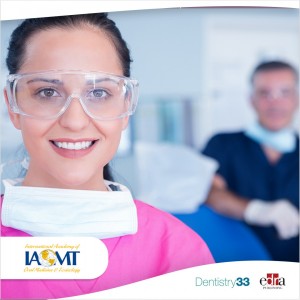
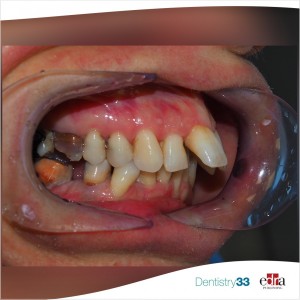
.jpg)

